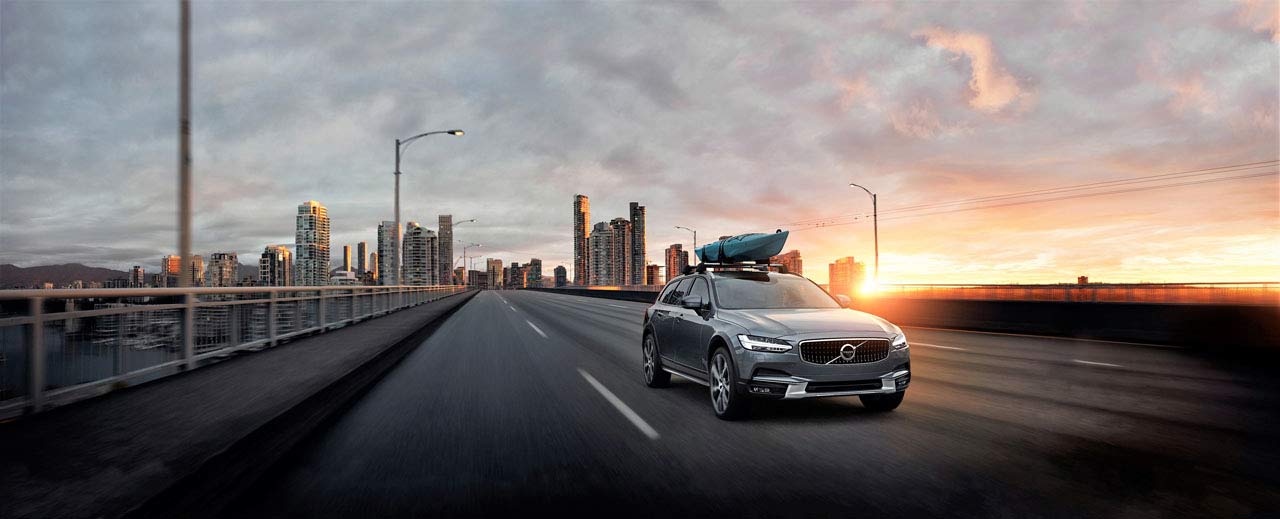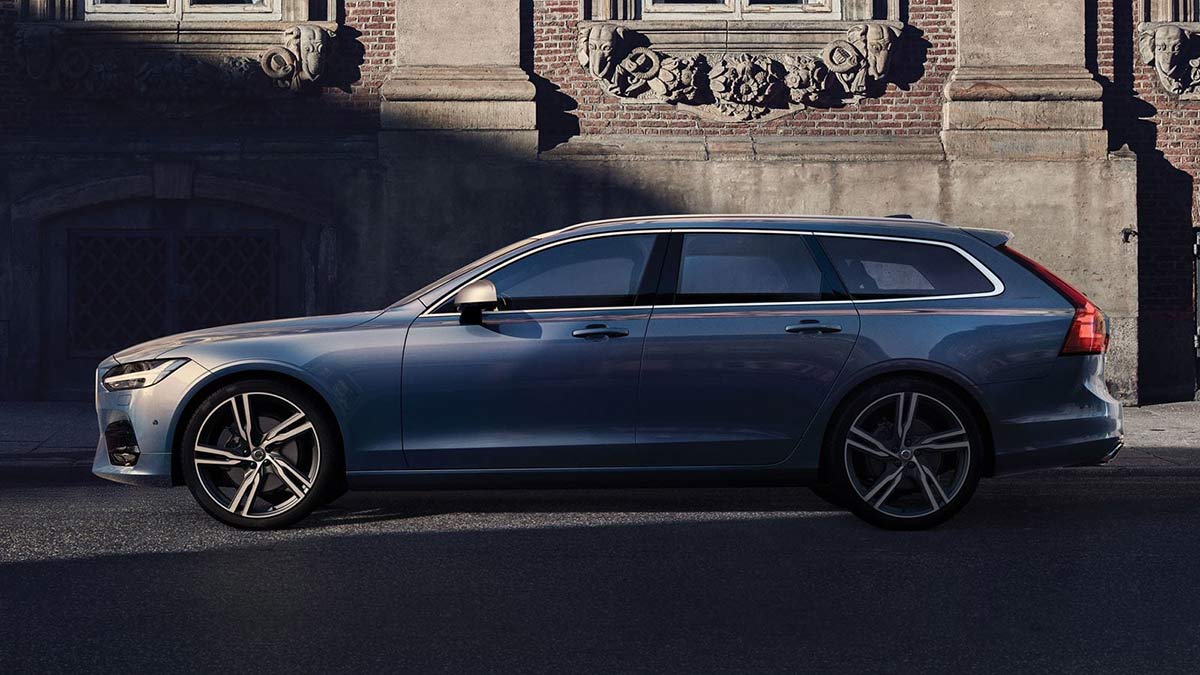
Help us make cars equally safe
When a woman steps into a car to drive, she assumes she’s safe. Yet in 2019, most automakers still produce cars based exclusively on data from male crash test dummies. For this reason, women on average run a higher risk of getting injured in traffic than men.
But not in a Volvo. Our Accident Research Team has compiled real-world data since the 1970s to better understand what happens during a collision. What Volvo sees is that women and men appear equally in this data. Which is why we believe they should be equally represented in testing. With the E.V.A. Initiative, we are sharing the results of more than 40 years of research. By letting everyone download this, we hope to make every car safer. Because at Volvo, we will always put people first.
“By collecting real-world data for a long time, it has been possible to identify what injuries arise in different accidents for average men, women, and children,”
says Dr. Lotta Jakobsson, senior technical specialist at Volvo Cars Safety Centre.
The result of more than 40 years of research
In 1970, the Volvo Traffic Accident Research Team was formed. Since then, the team has gathered and analysed data from more than 40,000 cars and 70,000 passengers. This has led to many of the innovative systems we have in our cars today.
The seat that reduces whiplash risk by half
Women are at higher risk of whiplash than men. This can be attributed to different anatomy and body strength. But not in a Volvo seat. Thanks to our Whiplash Protection System, WHIPS, which combines a unique robust head restraint with clever seat design to protect both head and spine, we no longer see a difference in whiplash risk between men and women.

The seat that reduces whiplash risk by half
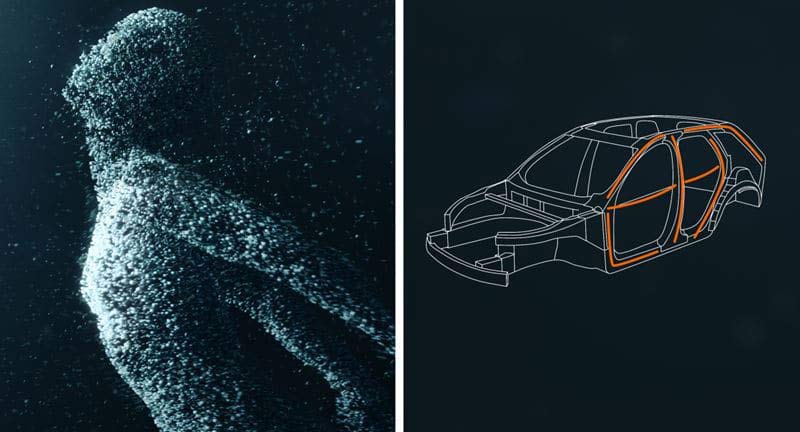
An intelligent safety shield
An intelligent safety shield
Women on average are more likely to suffer a chest injury in a car crash than men due to differences in chest anatomy and strength.
For optimal protection, we have continuously developed our car structure, safety belt and side airbags to minimise impact on the occupants. A Volvo innovation, SIPS (Side Impact Protection System), relies on an intelligent structure to boost overall safety. In fact, SIPS, together with the side-impact airbag, reduces severe chest injuries by more than 50% for all passengers.
Protecting every head
Women have specific protection needs, also in side-impacts. The shorter a person is, the lower in the car and closer to the steering wheel they sit – which makes the Inflatable Curtain that covers the full window a vital safety feature.
In addition to SIPS, the Inflatable Curtain airbag reduces risk of head injuries with approximately 75%. It inflates in 1/25 second, and prevents the head from impacting the objects on the outside of the car and other elements. It was the first airbag system to offer improved protection for both front and rear seat occupants, taking side impact protection one step further.
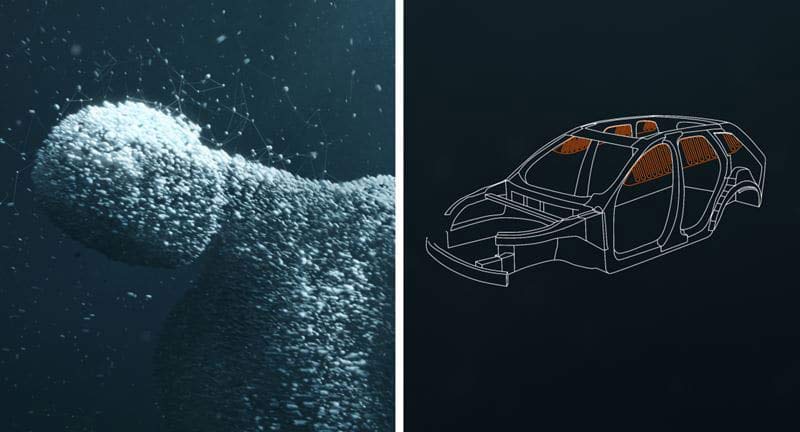
Protecting every head
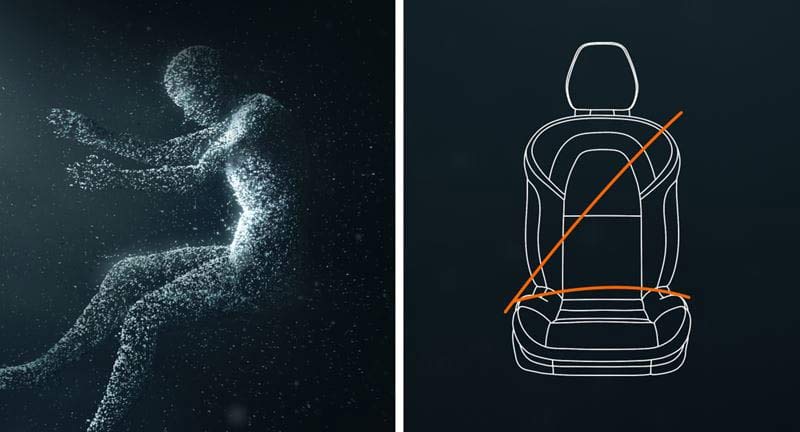
The most effective lifesaver in traffic
The most effective lifesaver in traffic
A car accident can happen to anyone. So far, our safety belt has saved over 1 million lives. It protects everyone - regardless of your size, gender, or body shape. However, one group is subject to more unique risks than others: pregnant women.
As one of the most important inventions in road safety, our safety belt offers great protection for all types of crashes. To learn more about the mother and her unborn baby, we developed the world’s first average-sized pregnant crash test dummy. It is a computer model that makes it possible to study how the occupant moves and how the safety belt and airbag affect the woman and foetus, among other things.
“Cars are driven by people. The guiding principle behind everything we make at Volvo therefore is, and must remain, safety.”
Gustaf Larson, co-founder of Volvo

How accidents can make cars safer for everyone
Since the 1950s, we have studied more than 43,000 cars in real-life accidents with 72,000 occupants. As a result, this has contributed to many innovative systems such as WHIPS, SIPS, and numerous child safety products. We have now gathered more than 100 research papers, available for anyone to download. We hope this will lead to safer cars for everyone – regardless of gender and size.
E.V.A. - EQUAL VEHICLES FOR ALL
Frequently Asked Questions
-
For how long has Volvo tested with female crash test dummies?
We have tested with a female crash test dummy since 1995, starting with the only available small sized female frontal impact dummy, HIII 5th percentile. In 2001 we included a small sized side impact dummy, SID2s. As the world-first midsized female crash test dummy, we developed a virtual model of a pregnant woman early 2000s. Ten years later we extended the crash test dummy family with a midsized female crash test dummy for whiplash evaluation in rear end impacts, as the only original car manufacturer in the co-development of EvaRID.
-
How does Volvo Cars develop safe cars based on real world data?
Data on Volvo cars in Sweden has been collected and stored in Volvo Cars Statistical Traffic Accident Database since 1970. The aim is to provide a large body of readily available data on the types of injury that arise in conjunction with specific accidents. The findings can then be applied. The good news is that we gathered data in the same way for many years, which has made it possible to map our progress and improve our success rate over the years.
-
From how many crashes has Volvo Cars collected data?
In a pre-study in 1967, we started out with 28,000 cases. Since 1970, we have included more than 43,000 cars in real-life accidents with 72,000 occupants in our statistical database. In addition, we use data from several databases globally when doing our analysis.
-
What knowledge does the E.V.A. Initiative consist of?
The knowledge you are able to access and download through this project is a collection of more than 100 research papers. It is a collection of some of the research behind the development of safety innovations in Volvo Cars since the 1950s.
-
What is Volvo’s 2020 Safety vision?
That no one should be killed or seriously injured in a new Volvo car.
-
Do I still have to wear a safety belt in a Volvo?
Yes, the safety belt is still the most effective way to save lives and reduce injuries in car crashes. It’s also mandatory in almost all countries in the world. Volvo’s safety belts are also continually being refined to further improve safety for everyone.
The E.V.A. Initiative

How accidents can make cars safer for everyone
We started making cars because we believed no one else made cars safe enough for the Swedish roads. Over the years, we have combined this safety commitment with knowledge from real accidents. This has lead to unique safety innovations – SIPS, WHIPS and IC – that are now standard in all newer Volvo models.
The Joy of Driving
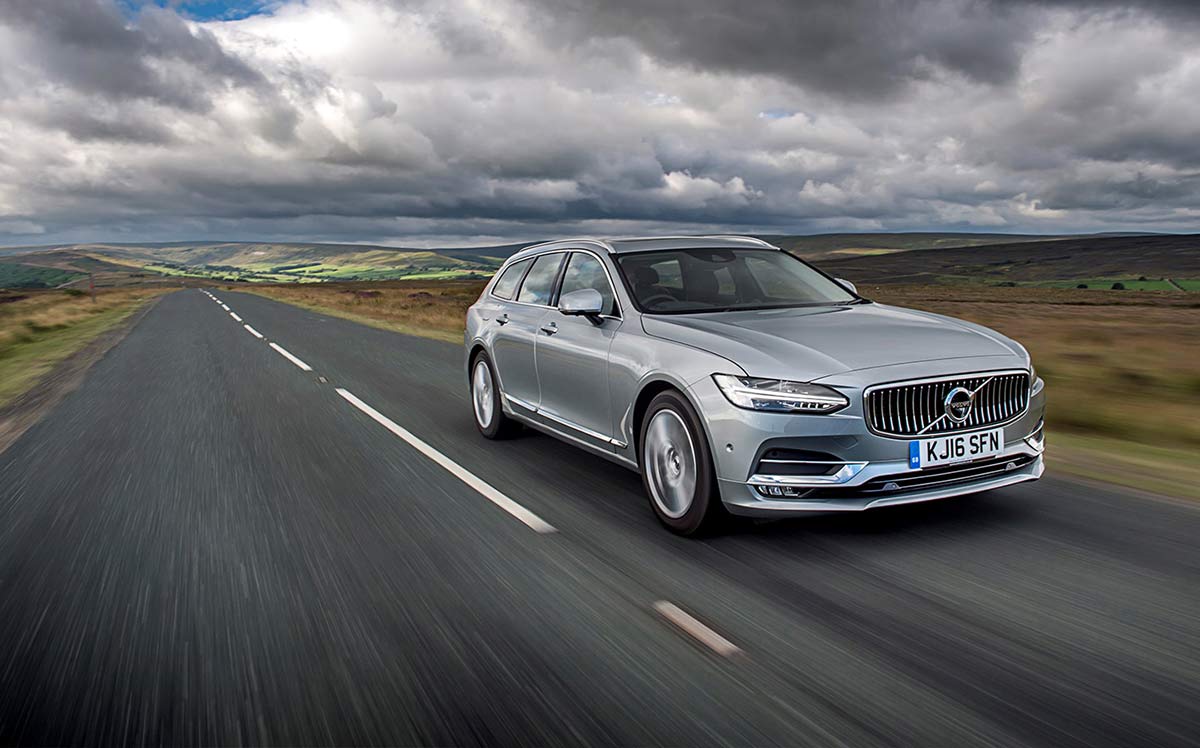
Purity of form combines with functionality that fits your life, wherever your journeys take you.
Built for the way you live.
Volvo Safety
